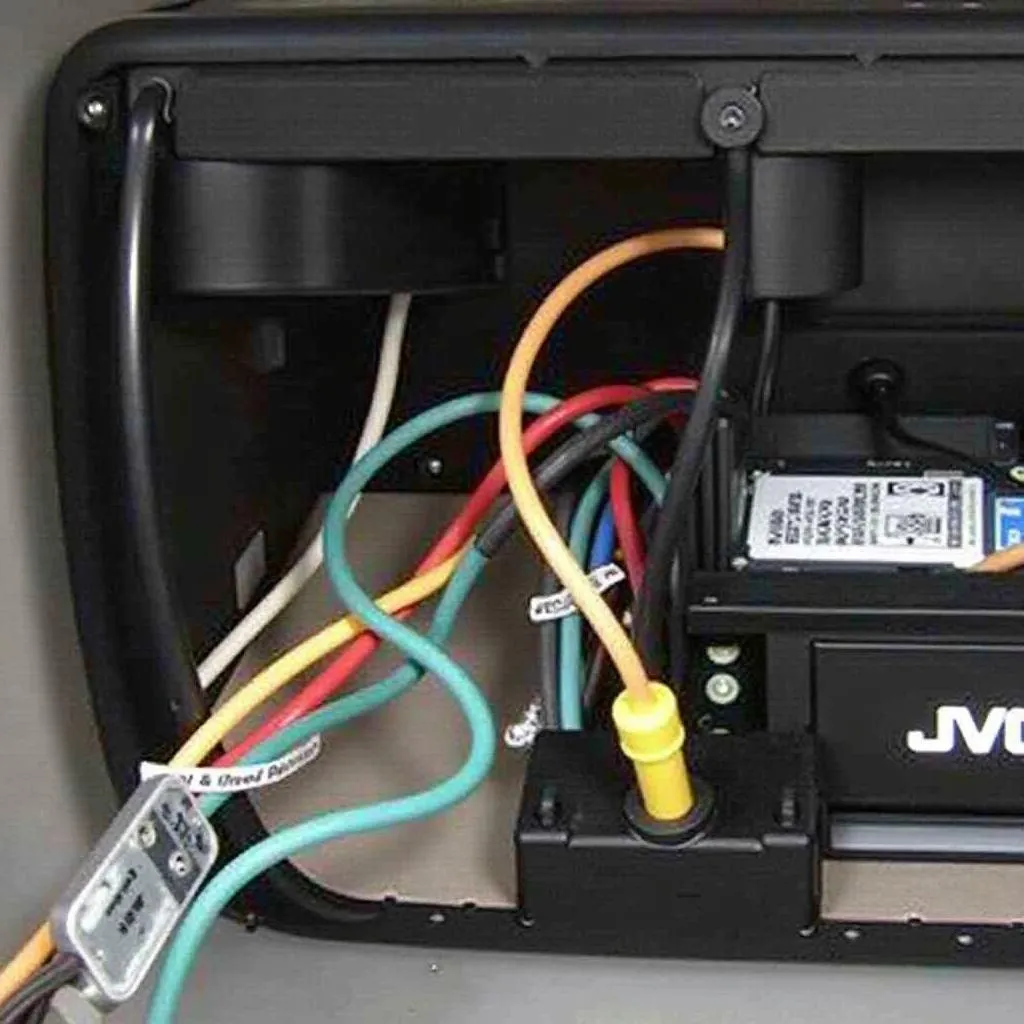The brake warning light on your dashboard is a crucial safety feature, designed to alert you to potential issues with your Skoda Octavia’s braking system. Ignoring this warning light could compromise your ability to stop safely, putting you and others at risk. This guide will walk you through the common reasons your Octavia’s brake warning light might illuminate and provide insights into diagnosing and addressing the issue.
Understanding Your Octavia’s Brake Warning Light
The brake warning light, often a red circle with an exclamation mark or the word “BRAKE,” can indicate several problems, from low brake fluid to more serious issues like a malfunctioning ABS system.
Common Causes of an Illuminated Brake Warning Light
Here are some of the most common reasons your Octavia’s brake warning light may be on:
- Low Brake Fluid: This is the most frequent culprit. Brake fluid is essential for transferring force from your foot to the brake pads, and a low fluid level usually indicates a leak in the system.
- Worn Brake Pads: Your Octavia’s brake pads have wear indicators that trigger the warning light as they reach the end of their lifespan.
- Faulty Brake Light Switch: The brake light switch activates your brake lights when you press the pedal. A malfunctioning switch can disrupt this signal, triggering the warning light.
- ABS Issues: A problem with your Anti-lock Braking System (ABS), such as a faulty sensor or control module, can illuminate the brake warning light.
- Hydraulic System Problems: Issues within the brake lines, calipers, or master cylinder can also trigger the warning light.
Diagnosing the Problem
Determining the specific cause of the brake warning light requires some investigation:
- Check Your Brake Fluid: Locate the brake fluid reservoir under the hood (refer to your owner’s manual). If the fluid level is below the “MIN” mark, it needs to be topped up. However, simply adding fluid without addressing a potential leak won’t solve the underlying problem.
- Inspect Your Brake Pads: Visually examine your brake pads through the spaces between the wheel spokes. If they appear significantly thinner than a dime, they likely need replacing.
- Listen for Unusual Noises: Squealing, grinding, or clicking noises when applying the brakes often indicate worn brake pads or other brake component issues.
When to Seek Professional Help
If you’re uncomfortable with vehicle maintenance or suspect the issue extends beyond low brake fluid or worn pads, it’s crucial to seek professional help immediately.
“Ignoring a brake warning light is like ignoring a flashing “check engine” light on an airplane,” warns master mechanic, John Miller. “It’s simply not worth the risk. Your safety and the safety of others on the road depend on a fully functioning brake system.”
 Skoda Octavia Brake Inspection by Mechanic
Skoda Octavia Brake Inspection by Mechanic
Remote Diagnostics and Programming: The Future of Car Repair
Advancements in automotive technology now allow for remote diagnostics and software solutions for certain brake warning light issues. For instance, if the problem lies within the ABS module or other electronic components, remote reprogramming or software updates can often resolve the issue without a trip to the mechanic.
Conclusion
The brake warning light in your Skoda Octavia is a critical safety indicator that should never be ignored. While some causes, like low brake fluid or worn pads, are relatively straightforward to address, others require professional expertise. Regular maintenance and prompt attention to warning signs will help ensure your Octavia’s braking system remains in optimal condition, providing you with peace of mind on the road.

